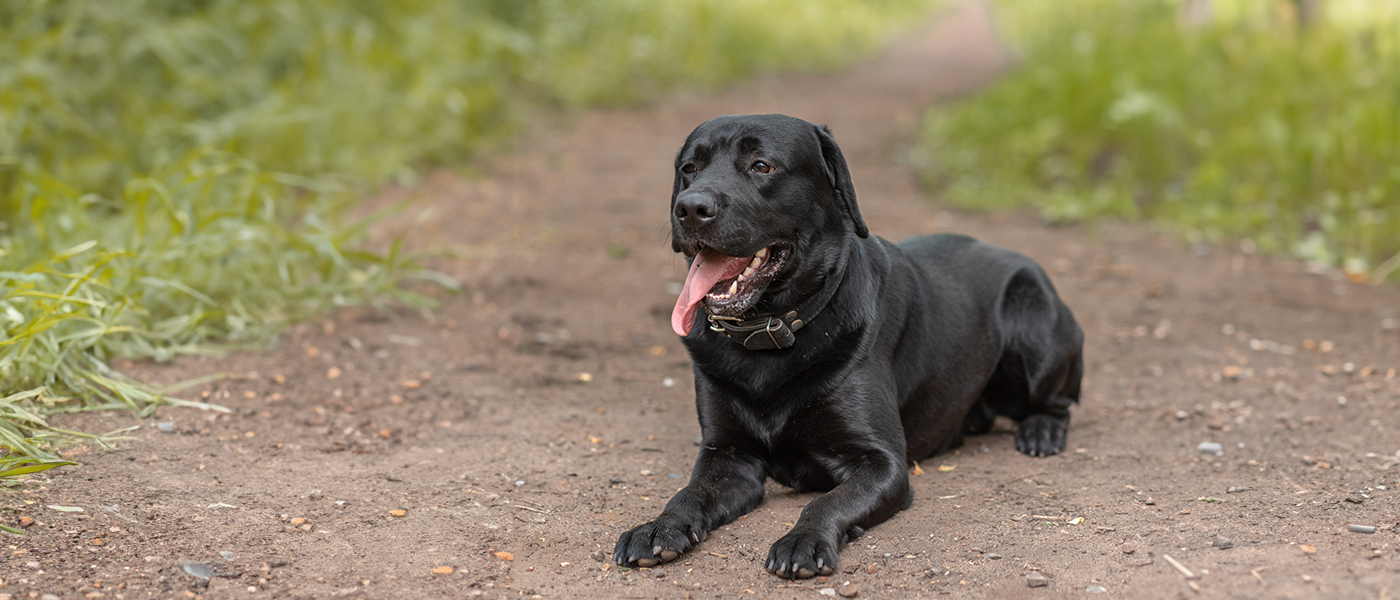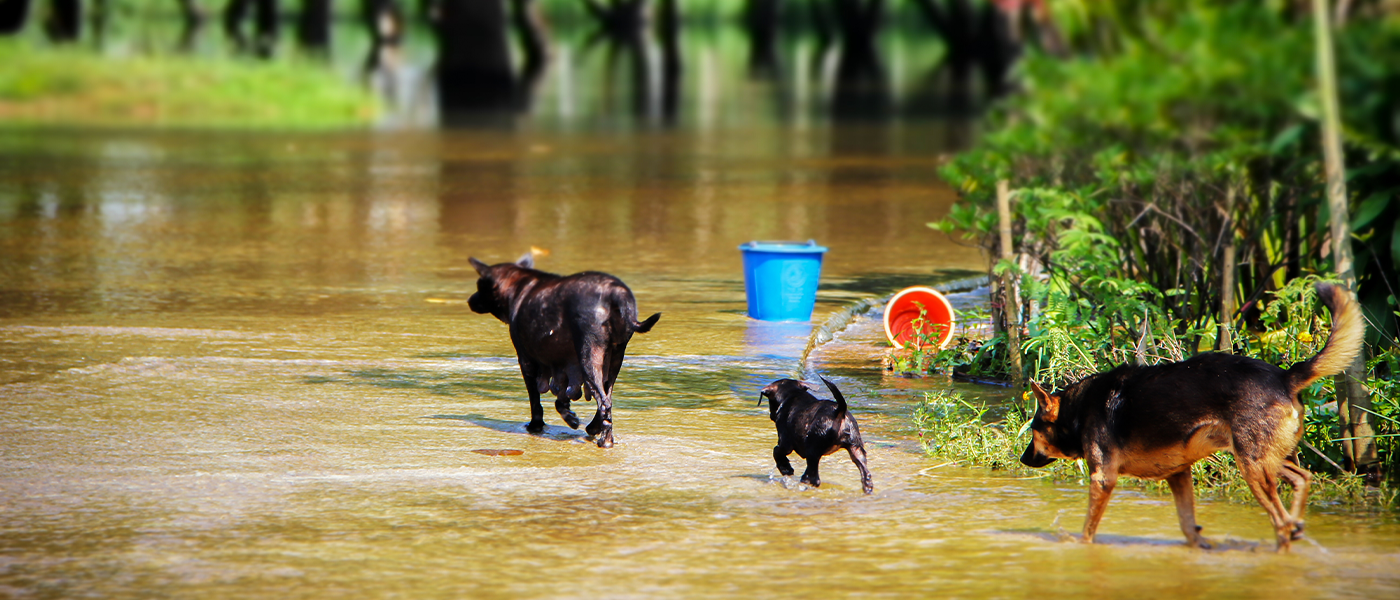Climate Change and Your Dog: What You Need to Know
It’s no secret: The world’s climate is changing. And that means temperatures are rising, glaciers are shrinking and natural disasters like hurricanes and floods are becoming more prevalent.
Now, you may be wondering what climate change has to do with your dog. While we humans are all experiencing and dealing with the effects of climate change, it’s affecting our canine cohorts in unique ways, too. Here are a few things to keep in mind.

Caring for Your Dog in Hot Weather
It’s just plain common sense that if it’s hot outside and you’re hot, then your dog is hot, too. You’re probably already aware of the risks of your dog overheating, including dehydration and heat exhaustion. But what you might not be thinking about is paw pad burns.
As temperatures rise, the ground gets hot, too — and walking on a sunbaked surface like asphalt can cause painful burns on your dog’s paw pads. Pro tip for telling if the ground is too hot: Hold your hand on the surface for five seconds. If that’s uncomfortable for you, it can be dangerous for your dog.
Taking Care of Mosquitoes, Fleas and Ticks
Climate change and increased temperatures are triggering increased spread of parasite-borne diseases, including Rocky Mountain spotted fever, heartworm disease and Lyme disease — and that can spell danger for your dog.
Mosquitoes — the blood-sucking pests responsible for transmitting heartworm infections — are most active at dusk and dawn, so avoid walking your dog during these times. You can also try an insect repellent specifically designed for dogs. (Please don’t use one made for humans.) As warmer temperatures breed more mosquitoes, keep in mind that the hotter the temperature, the faster heartworms can mature — and the more likely they’ll be transmitted to your dog if they’re bitten by a mosquito.
The increased spread of diseases means giving your dog regular flea, tick and heartworm preventive medication is more important than ever. And by the way — it’s a myth that you don’t need to treat your dog for fleas and ticks in the wintertime. Both pests can survive in temperatures as low as 33 degrees, which means you should stay on top of your dog’s flea and tick treatment year-round.

What to Do in Case of Disaster
Your family probably has an emergency plan for a natural disaster like a flood or hurricane. But does that plan include your dog? As you work on your evacuation plan, make sure you know where you can take your dog — whether it’s with you to a hotel, to a friend’s house or to a vet’s office. Make sure your dog is wearing a secure collar and is up to date on their vaccinations.
When preparing your emergency kit, make sure to include items for your dog, too — like leashes, medications, food, drinking water, bowls and a carrier. And it’s not a bad idea to keep a current picture of your pet on your phone in case they get lost.
Fighting for the Future
Still think climate change and your dog are unrelated topics? Hope not. Because there’s one more way the two are unexpectedly related: Mars is committed to reducing our total environmental impact to help keep the planet healthy. We’re working to shrink our environmental footprint and fight climate change. How? Check out our Healthy Planet goals to learn more.


